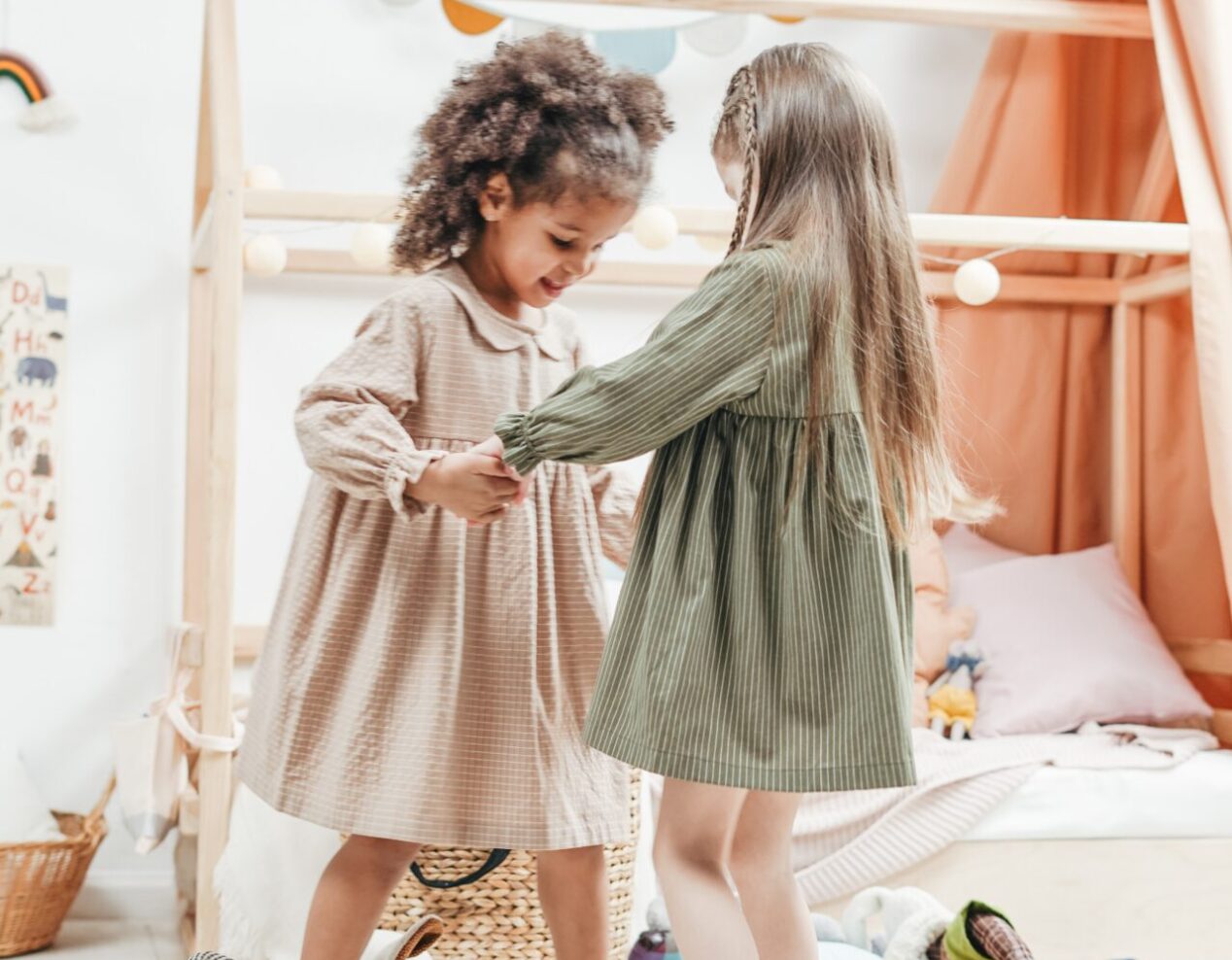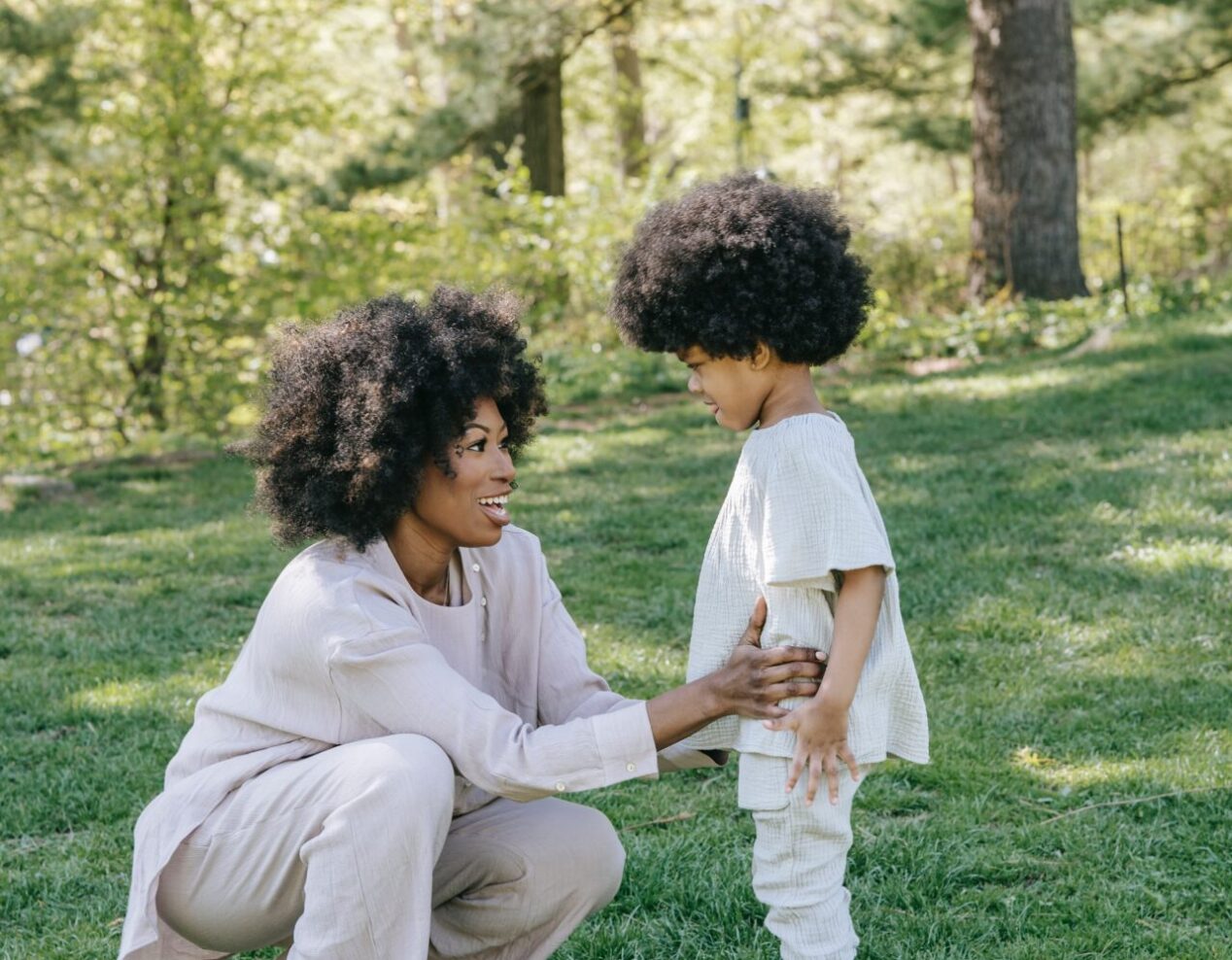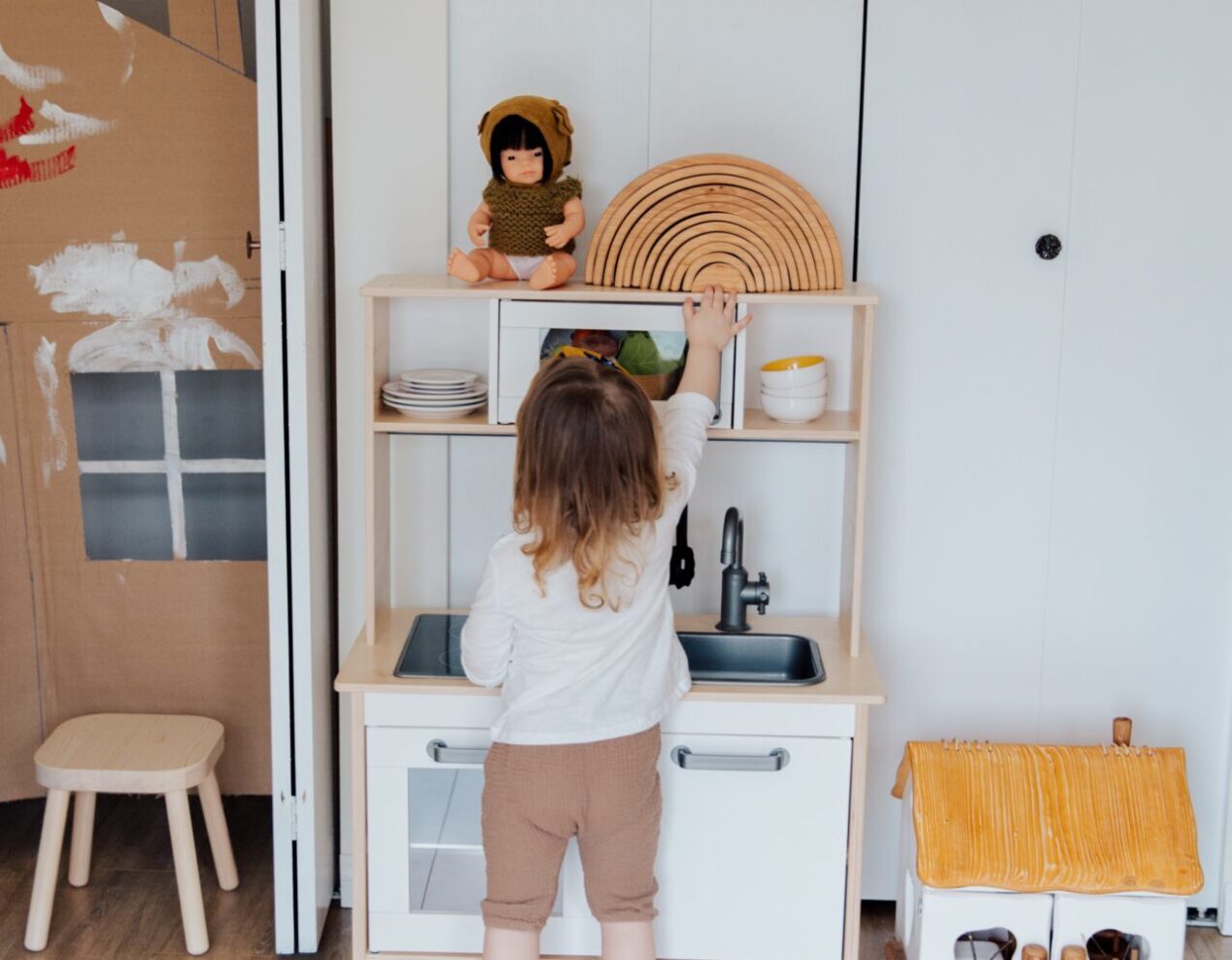Establishing a Montessori-style nursery: 7 fundamental elements

A nursery embracing Montessori principles should be aesthetically calming, orderly, and clear-cut. As the baby matures and becomes aware of the surroundings, the nursery should exude a sense of familiarity and security. The cornerstone of the Montessori approach is nurturing independence. When the little one begins to explore, parents need to ensure the room is safe: outlets and corners must be covered, and furniture must be stable. Consider attaching larger furniture items such as dressers and bookcases to the wall for added safety. While safety is essential, the specifics of the environment should reflect the parenting approach and the baby’s needs.
To establish a Montessori-inspired nursery, consider rearranging the following key components:
Incorporation of natural materials
The warmth of wool, the softness of cotton, and the texture of wood offer rich sensory stimulation to your baby. Natural materials provide tactile knowledge about the world, especially when contrasted, like the weight of a stone versus a piece of felt, or the temperature of metal versus wood. Safe for the baby to touch and explore, natural materials like wood, wool, and cotton can also help regulate emotion, contributing to an overall sense of tranquility. Simple, natural toys enable the baby to learn cause and effect: a wooden block creates a sound when banged on the floor, but a felt ball does not.
Mobiles
By around four weeks of age, babies start learning to control their eye movements, making a mobile an ideal first toy. Mobiles facilitate visual tracking, visual discrimination, and concentration. They also strengthen eye and neck muscles as the baby follows the mobile, and arm and core muscles when they begin reaching for it. Position the mobile in the baby’s play area, reserving the bed for relaxation and sleep. As the baby matures, they will learn to visually track and physically reach for the mobile in a coordinated manner. Mobiles are often the first signs of such cognitive and gross motor development, paving the way for goal-oriented behavior.
Topponcino
This uncomplicated Montessori pillow provides physical and emotional support during the initial months. It’s easy to transport, retains its smell, texture, and warmth, and provides consistency and support for the baby’s head as they are passed from one person to another. To personalize a topponcino, sleep with it before giving it to the baby. This way, your scent will surround the baby, no matter where they are.
Floor-level bed
It may feel unconventional to place the baby’s mattress on the floor, but such a bed allows the baby to visually engage with the environment without being obstructed by crib bars. Besides, this set-up promotes an understanding of safety boundaries. Some parents opt for a rug or bolsters around the bed for reinforcement. Floor beds also encourage the baby’s budding independence. As they grow, they’ll learn to sleep when they feel tired and rise when they are rested, which helps them understand their own sleep patterns.
Mirror
A dedicated space for movement and play is a feature of many Montessori-inspired nurseries, and a mirror serves as an ideal focal point. The baby can see their reflection and observe their surroundings from different perspectives. As they grow, they will begin to study their movements, connecting what they can see with what they can feel. Ensure the mirror is made from plexiglass and securely attached to the wall.
Accessible shelves
Even before they can move, babies take in their surroundings visually. When they start exploring, low shelves filled with carefully chosen toys and books empower them to select what interests them without overwhelming them. Montessori-style shelves are designed to simplify this for parents and make it enjoyable for the little ones. Keep in mind the baby’s perspective when designing the nursery and place photographs and artwork at their eye level.



